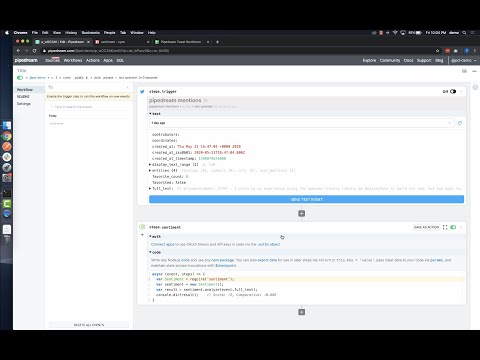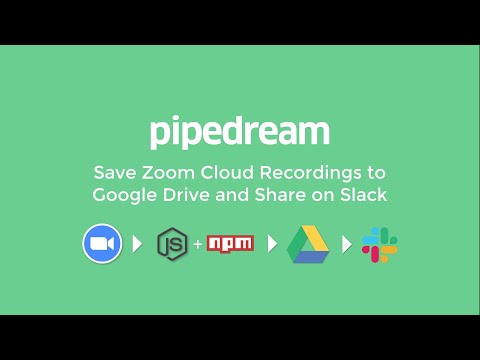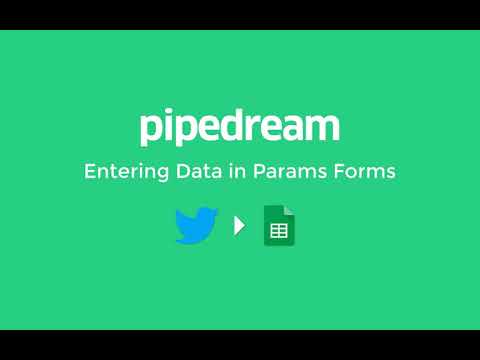What do you want to automate
with Neon Postgres and Google Sheets?
Prompt, edit and deploy AI agents that connect to Neon Postgres, Google Sheets and 3,000+ other apps in seconds.
Trusted by 1,000,000+ developers from startups to Fortune 500 companies
Popular Ways to Connect Neon Postgres with Google Sheets#
Popular Neon Postgres and Google Sheets Triggers#
Emit new event when a new column is added to a table. See the documentation
Emit new event when a row is added or modified. See the documentation
Emit new event when a new row is added to a table. See the documentation
Emit new event when new rows are returned from a custom query that you provide. See the documentation
Emit new event when a new table is added to the database. See the documentation
Popular Neon Postgres and Google Sheets Actions#
Add a single row of data to Google Sheets. See the documentation
Add multiple rows of data to a Google Sheet. See the documentation
Finds a row in a table via a lookup column. See the documentation
Connect Neon Postgres#
import { axios } from "@pipedream/platform";
import { neon } from "@neondatabase/serverless";
export default defineComponent({
props: {
neon_postgres: {
type: "app",
app: "neon_postgres",
}
},
async run({ steps, $ }) {
const { host, port, user, password, database } = this.neon_postgres.$auth
const connectionString = `postgresql://${user}:${password}@${host}:${port}/${database}`
const sql = neon(connectionString)
const result = await sql`SELECT version()`
const { version } = result[0]
return version
},
})
Overview of Google Sheets#
The Google Sheets API allows for the creation, reading, updating, and deletion of data within Google Sheets, enabling a robust platform for spreadsheet management and data manipulation. Through Pipedream, you can craft serverless workflows that respond to various triggers, such as webhook events, emails, or scheduled times, to interact with Google Sheets. This synergy can automate reporting, synchronize data across applications, manage inventory, track leads in a CRM, or even conduct survey analysis by updating and retrieving sheet data on the fly.
Connect Google Sheets#
import { axios } from "@pipedream/platform"
export default defineComponent({
props: {
google_sheets: {
type: "app",
app: "google_sheets",
}
},
async run({steps, $}) {
return await axios($, {
url: `https://www.googleapis.com/oauth2/v1/userinfo`,
headers: {
Authorization: `Bearer ${this.google_sheets.$auth.oauth_access_token}`,
},
})
},
})
Related Videos#



Community Posts#


